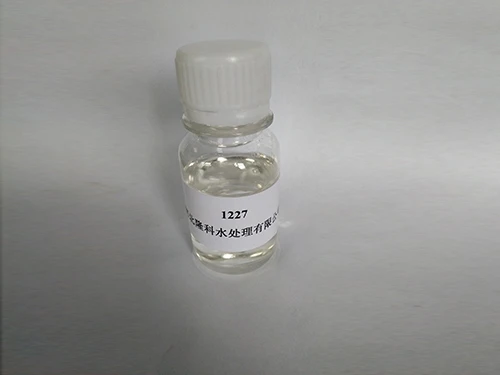amino tris methylene phosphonic acid
Amino Tris Methylene Phosphonic Acid An Overview
Amino tris methylene phosphonic acid, commonly known as ATMP, is an organophosphorus compound that has garnered significant attention in various fields, including water treatment, agriculture, and materials science. With the growing concerns over environmental sustainability and the increasing demand for efficient chemical treatments, ATMP has emerged as a critical chemical agent.
Chemical Properties
ATMP is a phosphonic acid derivative characterized by its three methylene phosphonic acid groups attached to a central amine. The chemical structure allows it to act as a chelating agent, which means it can effectively form stable complexes with metal ions. This property makes ATMP particularly useful in preventing the precipitation of scale-forming salts in water systems, thus ensuring the smooth operation of boilers and cooling towers. Additionally, its ability to inhibit corrosion on metal surfaces further enhances its utility in various industrial applications.
Applications in Water Treatment
One of the primary applications of ATMP is in water treatment processes. It is extensively used as an antiscalant and corrosion inhibitor in cooling water systems, paper making, and oil field applications. The presence of ATMP helps in controlling scale formation by sequestering calcium and magnesium ions, which are common culprits in water hardness. By preventing scale deposits, ATMP improves the efficiency of heat exchangers and extends the lifespan of industrial equipment.
In addition to its antiscalant properties, ATMP is also recognized for its ability to inhibit the growth of bacteria and algae in aquatic environments. This biocidal effect is crucial in maintaining water quality and ensuring the safety of industrial processes where water is reused.
amino tris methylene phosphonic acid

Role in Agriculture
Beyond industrial use, ATMP has found applications in agriculture as well. It is employed as a fertilizer additive to enhance nutrient uptake by plants. The chelating ability of ATMP allows it to form complexes with essential micronutrients such as iron, zinc, and manganese. This ensures that these nutrients remain soluble and available for plant absorption, thereby promoting healthy plant growth.
Additionally, ATMP can assist in improving soil structure and fertility. By modifying the physicochemical properties of the soil, it helps improve water retention and nutrient availability, making it an excellent candidate for sustainable agricultural practices.
Environmental Considerations
The use of ATMP, like many other synthetic chemicals, raises concerns regarding environmental impact. Although it is less toxic than many conventional phosphonates, appropriate handling and disposal methods must be observed to prevent unintended consequences in aquatic ecosystems. Researchers are actively investigating biodegradable alternatives that can offer similar benefits without posing risks to the environment.
Conclusion
Amino tris methylene phosphonic acid is a versatile compound with a wide array of applications, particularly in water treatment and agriculture. Its chelating properties allow it to effectively manage scale formation and corrosion while enhancing nutrient availability in soils. As industries continue to prioritize sustainability and environmental responsibility, compounds like ATMP may play a pivotal role in achieving these goals. Continued research and development will be essential to harness the full potential of ATMP while mitigating any potential environmental impacts. Overall, ATMP represents a significant advancement in the field of organophosphorus chemistry, demonstrating how specialized chemical agents can contribute to various sectors, from industrial efficiency to sustainable agricultural practices.
-
lk-319-special-scale-and-corrosion-inhibitor-for-steel-plants-advanced-solutions-for-industrial-water-systemsNewsAug.22,2025
-
flocculant-water-treatment-essential-chemical-solutions-for-purification-processesNewsAug.22,2025
-
isothiazolinones-versatile-microbial-control-agents-for-industrial-and-consumer-applicationsNewsAug.22,2025
-
scale-inhibitor-key-solutions-for-water-system-scale-preventionNewsAug.22,2025
-
organophosphonates-versatile-scale-inhibitors-for-industrial-water-systemsNewsAug.22,2025
-
scale-and-corrosion-inhibitor-essential-chemical-solutions-for-water-system-maintenanceNewsAug.22,2025





